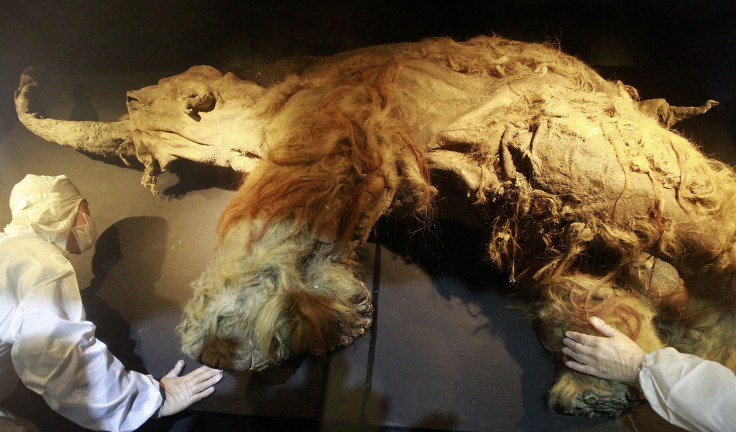Last of Alaskan woolly mammoth died of thirst; Climate change the cause

Scientists may have found an answer to why one of the last known groups of woolly mammoths died and were wiped out from the face of Earth. As per a new study, Alaskan woolly mammoths could have died of thirst as water became scarce around five thousand years ago. Scientists believe that the mammoths during the iconic Ice Age were slowly unable to access fresh water and that led to their deaths.
The study, published in the journal Proceedings of the National Academy of Sciences (PNAS), revealed that sea level had risen around the St Paul Island, a remote area located in the Bering Sea. The island is more than 6,500 kilometres from Alaskan coast. Melting glaciers caused the sea level to rise.
The researchers took samples of earth from the island and through sediment testing found that the rise in sea level resulted in restricted access to fresh water. Soon the fresh water dried up completely. In order to survive, Alaskan woolly mammoths required around 200 litres of water per day. With the island drying up, the mammoth population dried up too, writes 9News.com.au.
“As the other lakes dried up, the animals congregated around the water holes. They were milling around, which would destroy the vegetation - we see this with modern elephants. And this allows for the erosion of sediments to go into the lake, which is creating less and less fresh water. The mammoths were contributing to their own demise,” Lead author professor Russell Graham from Pennsylvania State University told the BBC.
Graham added that the demise of the Alaskan woolly mammoths could have happened very quickly as there was not enough rain or melting snow. Only a month of dry spell could have proved fatal for the stranded beasts.
The experts are also of the opinion that a similar thing my happen today as a result of climate change. Threat to fresh water may put humans and animals at risk.
The enormous creatures last roamed Earth about 5,700 years ago. In a broader perspective, the study highlights how small populations are extremely sensitive to changes in environment.





















